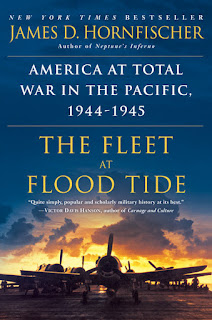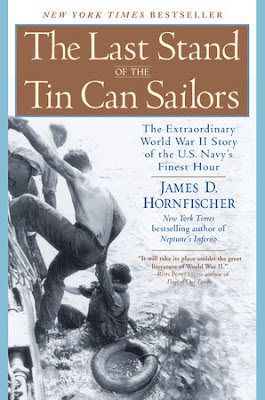Book Review: 'The Fleet At Flood Tide: America at Total War in the Pacific, 1944-1945'

(C) 2016 Bantam Books, an imprint of Penguin/Random House LLC The United States Navy is currently the world’s largest and most capable navy in the world. No other nation – including the People’s Republic of China and the Russian Federation – has as large a fleet – 282 warships, including 11 aircraft carriers in service, with two Gerald R. Ford carriers being built – or can project naval air power (3,700 deployable aircraft, second only in size and striking power to the U.S. Air Force, the world’s mightiest air force) as the American Navy. It’s worth remembering, though, that until World War II, this wasn’t always so; America’s mother country, Great Britain, started the war as the world’s premier naval power; in 1939 the Royal Navy’s 1,400 warships ensured that Britannia did, indeed, rule the waves. But after the United States entered the war – having restarted its naval construction program in 1937 to modernize a badly-neglected fleet, create jobs, and deter aggressor nation...
